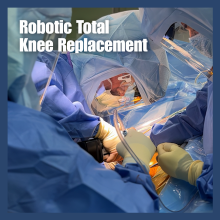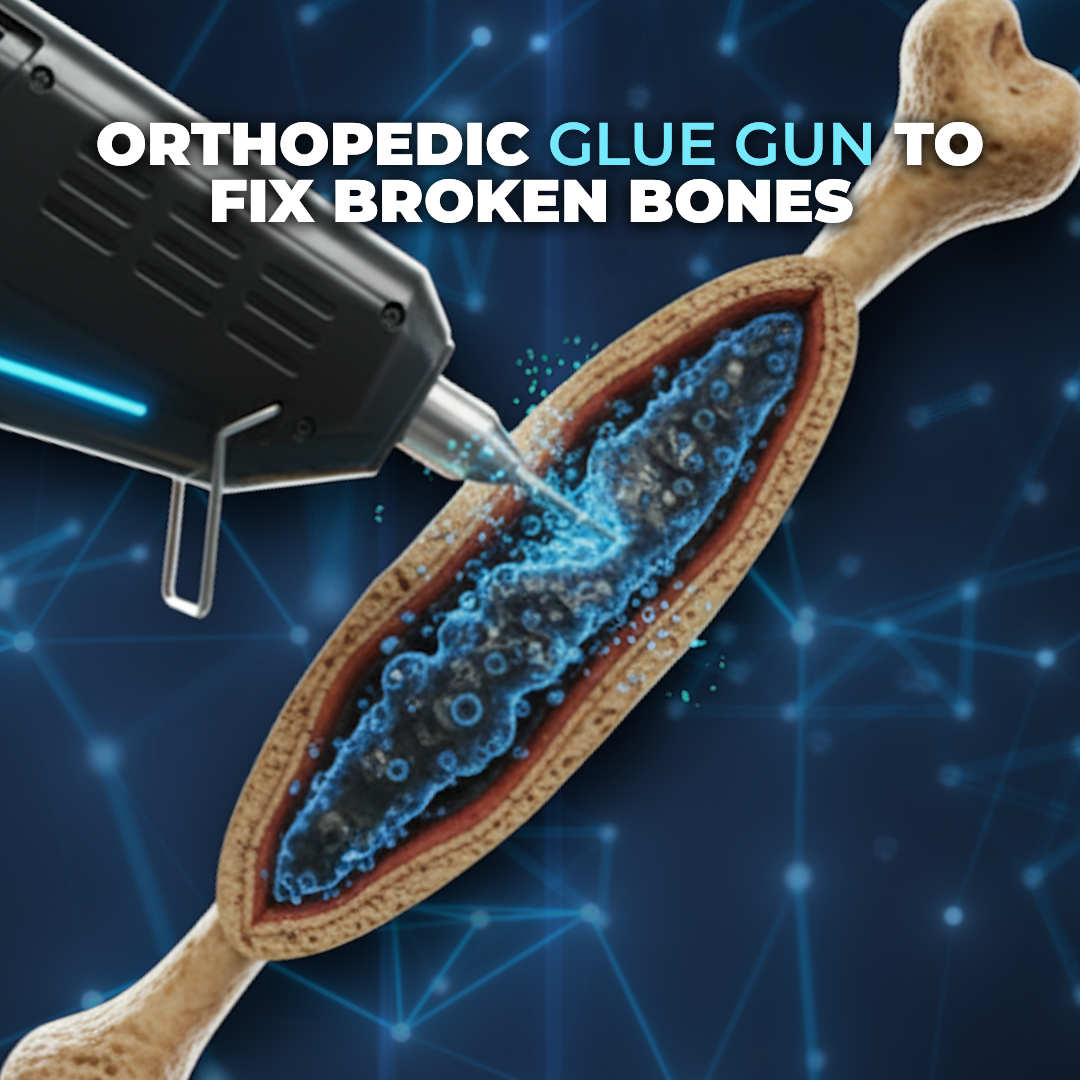Understanding Negative Pressure Wound Therapy: How Wound VAC Treatment Accelerates Healing
When you're dealing with a wound that won't heal properly, it can feel frustrating and concerning. After treating hundreds of patients with challenging wounds over the years, I've seen how negative pressure wound therapy (NPWT) – often called wound VAC therapy – can make a real difference in healing outcomes. This advanced treatment uses controlled suction to help wounds heal faster and more effectively than traditional dressings alone.
Let me walk you through everything you need to know about this treatment option, including how it works, who benefits most, and what you can expect during the process.
What Is Negative Pressure Wound Therapy?
Negative pressure wound therapy is a medical treatment that applies controlled suction to wounds through a specialized dressing system. Think of it like a gentle vacuum that helps your body's natural healing process work more efficiently.
How Does VAC Therapy Work?
The system consists of three main components that work together:
- A specialized foam dressing that fits directly over your wound
- An airtight adhesive covering that seals the area
- A suction device that creates negative pressure between 50-200 mmHg
Here's what I tell my patients about how this works: the gentle suction removes excess fluid that can slow healing, brings the wound edges closer together, and increases blood flow to the area. It's like giving your body's repair system the ideal environment to do its job.
The Science Behind Faster Healing
In my experience, patients often ask why VAC therapy works better than regular bandages. The answer lies in four key mechanisms:
Macrodeformation reduces the wound size by up to 80% through gentle suction that brings tissues together. Fluid drainage removes inflammatory substances that can interfere with healing. Environmental stabilization keeps the wound at optimal temperature and moisture levels. Microdeformation stimulates cellular growth at the microscopic level.
Recent clinical studies involving nearly 700 patients showed that negative pressure wound therapy significantly reduces healing time compared to conventional dressings. What I've seen in my own practice aligns with this research – patients typically experience faster closure and fewer complications.
Who Benefits from Wound VAC Treatment?
Not every wound needs this advanced therapy, but certain situations make NPWT particularly beneficial.
Surgical Patients
If you've had surgery and your incision isn't healing as expected, wound VAC therapy can help. I often recommend it for patients who've undergone:
- Complex orthopedic procedures
- Abdominal surgeries with complications
- Reconstructive operations
- Procedures where infection risk is high
Research shows that surgical patients using NPWT experience 13% fewer infections and need fewer return trips to the operating room.
Chronic Wound Conditions
Some conditions create wounds that struggle to heal on their own. These include:
- Diabetic foot ulcers
- Pressure sores
- Chronic leg ulcers
- Wounds that have been open for weeks or months
For diabetic patients specifically, studies show that 56% of foot wounds achieve complete healing with NPWT compared to 39% with standard care.
What to Expect During NPWT Treatment
Understanding the treatment process helps reduce anxiety and ensures you get the best results.
The Treatment Process
During your first appointment, I'll examine your wound and determine if you're a good candidate for VAC therapy. The application process is straightforward:
Your wound will be cleaned and prepared. I'll place the special foam dressing to fit your wound's exact shape and size. The adhesive covering goes over everything to create an airtight seal. Finally, we'll connect the suction tube and start the device.
Most patients tell me the sensation feels like gentle pulling or tingling. You shouldn't experience significant pain from the device itself.
Managing Your VAC Device at Home
Modern NPWT devices are portable, allowing you to maintain your daily routine. The unit is about the size of a small purse and can be worn with a shoulder strap or belt clip.
You'll need to keep the dressing dry and check the seal regularly. If you hear air leaking, contact our office immediately. Most dressings need changing every 2-3 days, which we'll typically do in our clinic.
Benefits and Results You Can Expect
The advantages of negative pressure wound therapy extend beyond just faster healing.
Proven Clinical Outcomes
Clinical research consistently shows impressive results. Patients using NPWT experience:
- 60% more granulation tissue formation
- Significant reduction in bacterial growth
- Decreased need for additional surgeries
- Shorter hospital stays when applicable
In my practice, I've seen patients whose wounds had been stagnant for months begin showing improvement within the first week of treatment.
Faster Recovery Times
What excites me most about this therapy is how it can change a patient's entire recovery trajectory. Instead of dealing with a wound for months, many patients see complete healing in weeks.
The treatment also reduces the need for frequent dressing changes, which means fewer clinic visits and less disruption to your life.
When to Consider Negative Pressure Wound Therapy
Recognizing when your wound might benefit from advanced care is important for getting the best outcome.
Signs Your Wound May Need Advanced Care
Contact your healthcare provider if you notice:
- No improvement after two weeks of standard care
- Increasing pain, redness, or swelling
- Unusual drainage or odor
- Wound edges that won't stay together
- Signs of infection like fever or red streaking
Don't wait if you have diabetes, circulation problems, or take medications that affect healing. These conditions often require more aggressive wound management from the start.
Discussing Options with Your Doctor
When we evaluate your wound, I consider several factors: your overall health, the wound's location and size, how long it's been present, and your ability to manage the device at home.
NPWT isn't right for everyone. Patients with certain conditions like active cancer in the wound area or exposed blood vessels may need alternative treatments.
Living with NPWT: Patient Lifestyle Considerations
Adapting to life with a wound VAC device requires some adjustments, but most patients find it manageable.
Daily Activities and Mobility
You can usually maintain most normal activities while using NPWT. The portable units allow you to walk, work, and even exercise within reason. However, you'll need to avoid:
- Swimming or submerging the device
- Heavy lifting that might disrupt the seal
- Activities that could damage the tubing
Many patients tell me they forget they're wearing the device after the first few days.
Wound Care and Hygiene
Keeping the area clean and dry is essential for success. You can shower with proper waterproof covers, but baths are off-limits. Watch for signs that the seal has loosened – the device will usually alarm if this happens.
Sleep positioning might need adjustment depending on your wound location. I often recommend extra pillows for support and comfort.
Key Takeaways for Your Healing Journey
Negative pressure wound therapy represents a significant advancement in wound care that can dramatically improve your healing outcome. The combination of gentle suction, optimal wound environment, and enhanced blood flow creates conditions where your body can heal more effectively.
If you're struggling with a wound that won't heal, don't lose hope. Modern treatments like NPWT offer new possibilities for recovery that weren't available even a decade ago. The key is working with an experienced healthcare team who can determine the best approach for your specific situation.
Remember that every patient's healing journey is unique. What works well for one person might not be the best choice for another. That's why individualized care and ongoing communication with your healthcare provider are so important.
Ready to explore your wound care options? Contact our office to schedule a consultation where we can evaluate your specific situation and discuss whether negative pressure wound therapy might be right for you. Don't let a non-healing wound control your life when effective treatments are available.
This information is for educational purposes only and should not replace professional medical advice. Always consult with your healthcare provider about the best treatment options for your specific condition.








